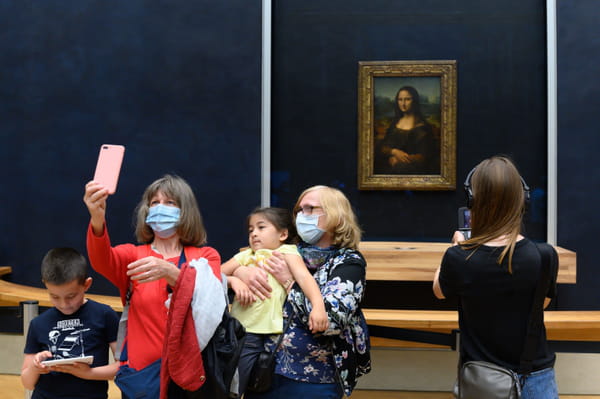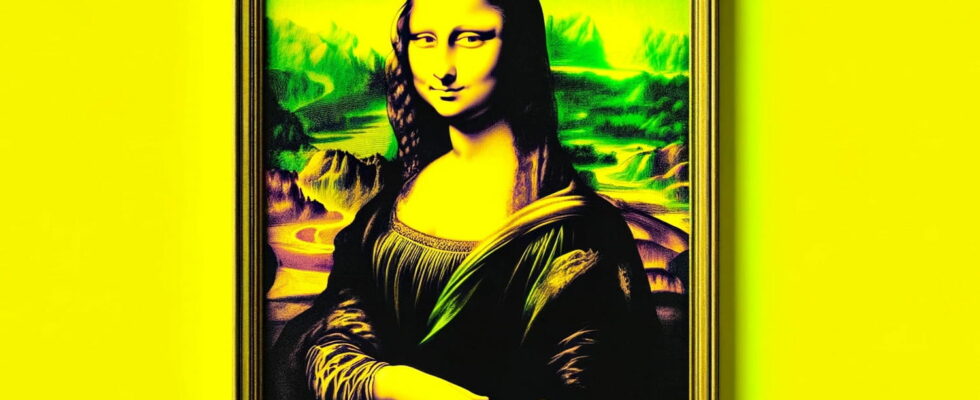The background of the Mona Lisa is intriguing. While some claim that it is an invention of Leonardo da Vinci, an expert assures that it represents a particular place.
If there is one painting from the Louvre Museum that everyone knows, it is this one: the famous Mona Lisa by Leonardo da Vinci. Our national Mona Lisa is admired every day by tens of thousands of visitors. As the Louvre collections website explains, the painting is the portrait of Lisa Gherardini, wife of Francesco del Giocondo, a silk merchant in Florence. It was he himself who ordered this portrait of his wife from the artist. Her name comes from the contraction of “Madonna Lisa”, “Madame Lise” or “La Gioconda”, a feminization of her last name.
To this day, the mystery still remains behind the painting, but the history of Art finally has the most probable explanation. Ann Pizzorusso, Italian geologist and art historian, combined her two areas of expertise to conclude that the background of the painting is not a fictional landscape invented by Leonardo da Vinci and indeed represents a specific location in Italy . She presented her findings at a conference. “I am euphoric about these discoveries and it is almost certain that Leonardo painted from the exact place where we held our conference,” she assured as reported The Guardian.

It was then held in Lecco, a small town near Lake Como in Lombardy. To justify her belief, she explains that the bridge visible in the painting is reminiscent of that of Azzone Visconti, very close to Lecco, just as the mountains are reminiscent of the Alps which overlook the region. The geologist pushes her study further, ensuring that it is “impossible to identify an exact location based exclusively on the bridge”, as many of her predecessors have done. She then became interested in rock. That of Lecco is made of limestone. However, Leonardo da Vinci painted his mountains between white and gray, a color considered “perfect” for the geologist “since it is the type of rock that is found there”. Looking back on the painter’s life, she noticed that he spent a lot of time exploring this region of Italy.
A specialist on Leonardo da Vinci, Jacques Franck, affirmed that this theory was well founded: “I do not doubt for a second that Pizzorusso is right in his theory, given his perfect knowledge of the geology of the Italian country, and more precisely of the places where Leonardo traveled during his lifetime, which could correspond to the mountainous landscape of the Mona Lisa. Similarly for Michael Daley, director of the art watchdog ArtWatch UK, “art historians are all speculating about where the Mona Lisa was painted.” And added: “Anyone who sees a bridge thinks it was there. But Pizzorusso clearly identified the place with proof of Leonardo’s presence in the region, its geology and, of course, a bridge.”
